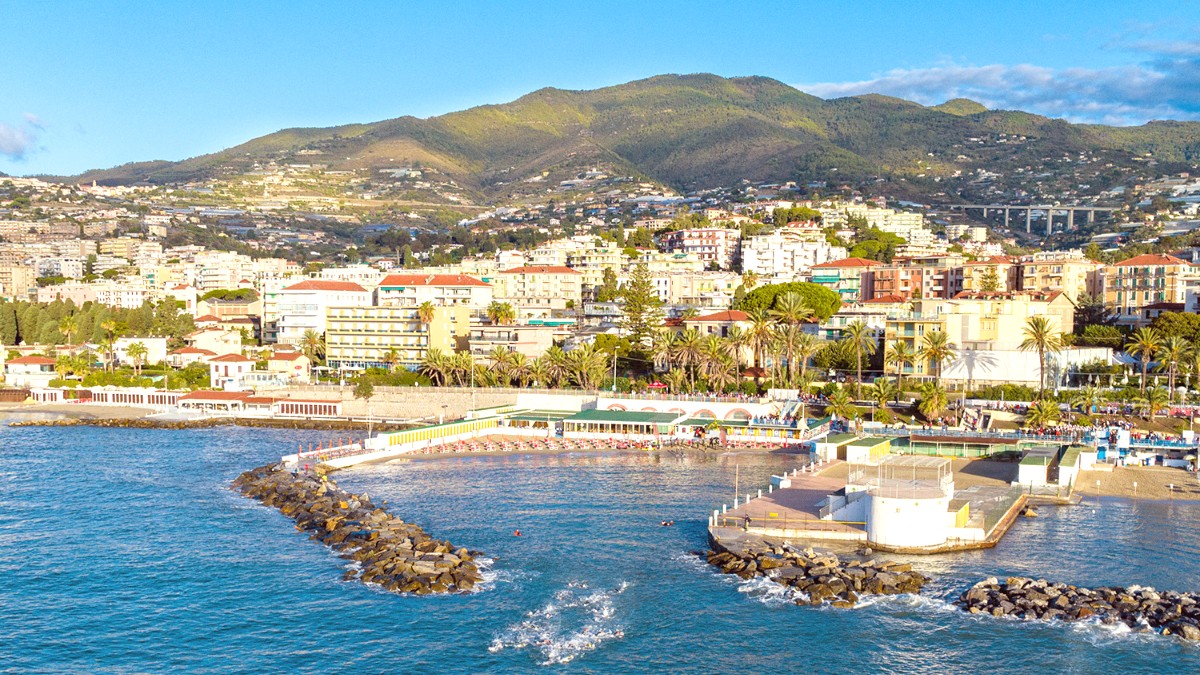
Liguria Piedmont And Valle Daosta, Italy
Ligurian cuisine developed from a history of maritime trade and the bounty of its fertile, terraced hillsides. It is often described as "cucina povera" (poor cuisine) due to its reliance on readily available, humble ingredients, yet it achieves sophisticated flavors through quality and technique.
Olive oil, herbs, vegetables, and seafood form the foundation. The region’s historic ties to the sea meant a strong tradition of fish dishes, while its mountainous interior favored more rustic, vegetable-based preparations.
Liguria is a major producer of fine extra virgin olive oil. It is a defining ingredient, used generously, giving a delicate, fruity flavor.
Basil is king (pesto base). Rosemary, oregano, thyme widely used. Fresh fish (anchovies, mussels, clams) are plentiful staples due to the coastal location.
Fertile soil yields excellent artichokes, zucchini, tomatoes. Focaccia and farinata are Ligurian staples. Pine nuts appear in pesto. Parmesan and Pecorino feature in pesto.
Experience the true taste of Liguria by trying these authentic San Remo dishes.
The globally recognized basil pesto originates from Liguria. It is most commonly served with traditional Ligurian pastas like `trofie` or `trenette`, sometimes with green beans and potatoes mixed in.
A foundational flavor of the region.
This iconic Ligurian flatbread is a must-try. It comes in various forms, frequently topped with olive oil and coarse salt, but also with rosemary, onions, or olives. Enjoy it for breakfast, as a snack, or alongside a meal.
A daily staple, soft and flavorful.
A thin, savory pancake made from chickpea flour, water, and olive oil, baked in a wood-fired oven until crisp. It is simple yet incredibly flavorful street food, frequently sold by the slice.
A unique Ligurian street food.
Explore Ligurian wines like Vermentino (crisp white) or Rossese di Dolceacqua (red). Limoncino/Limoncello is a sweet lemon liqueur. Chinotto is an unique bitter, dark carbonated soft drink. Experience Italian coffee culture with espresso, macchiato, or cappuccino.
Canestrelli are delicate, daisy-shaped butter cookies. Paniere is a sweet focaccia bread, sometimes with raisins. Gelato (Italian ice cream) is widely available with fresh, flavorful options.
San Remo features several upscale restaurants, frequently located in luxury hotels or boasting sea views. These establishments present refined Ligurian cuisine and innovative dishes.
Numerous trattorias and osterias present traditional Ligurian dishes in a more casual setting. These are good places to experience authentic local food.
San Remo boasts several options for affordable and quick bites, ideal for travelers on a budget or those seeking fast, local flavors.
San Remo's main indoor market is a must-visit for food enthusiasts. It sells fresh produce, cheeses, cured meats, fish, and some prepared foods.
An excellent source for budget-friendly, fresh items, ideal for a picnic.
While traditional Italian and Ligurian food holds prominence, you may find a limited number of restaurants presenting international cuisine, typically pizzerias with broader menus or occasionally Asian restaurants.
For a diverse palate, explore these less common offerings.
Pandolce Genovese, a sweet, dense bread with dried fruits and nuts, is a traditional Ligurian Christmas cake.
Torta Pasqualina is most popular around Easter, a savory pie with chard/spinach and eggs.
Look for local sagre (food festivals) celebrating new olive oil, chestnuts, or mushrooms from the hinterland.
Check local listings upon arrival for current food festival schedules and locations.
Awareness of gluten-free ("senza glutine") options is growing in Italy, notably in larger restaurants and supermarkets. It is wise to communicate your needs clearly.
Learn phrases in Italian to communicate dietary requirements effectively.
Carry a translation app or a small dietary phrase card that explains your needs in Italian ("Sono allergico a..." - I am allergic to...; "Non posso mangiare..." - I cannot eat...).
Supermarkets present a range of gluten-free and alternative products.
Some local operators offer cooking classes focusing on Ligurian specialties like making authentic pesto from scratch or focaccia. Food tours exploring the Mercato Annonario and local eateries give insight into regional ingredients.
In the hills behind San Remo, chances exist to visit olive oil mills (`frantoio`) or local vineyards (`cantina`). These visits frequently include tastings, offering a direct connection to the region's agricultural heritage.
Some local operators or private chefs offer cooking classes focusing on Ligurian specialties.
Food tours exploring the Mercato Annonario and local eateries give insight into regional ingredients and traditional preparations.
San Remo and surrounding Ligurian towns frequently host local food and wine festivals (`sagre`), especially in autumn during harvest season.
Inquire at the tourist information office or search online for local culinary schools and tour operators.
This ensures you find reputable and authentic experiences.
For popular cooking classes or farm visits, booking in advance is advisable, especially during peak tourist season.
Availability can be limited for these specialized experiences.
Local culinary experiences emphasize fresh, seasonal produce, olive oil, and regional seafood.
Cooking classes offer practical engagement with traditional Ligurian cooking methods.
Farm and agriturismo visits give a connection to Liguria's agricultural heritage and rural life.
When ordering, specifically ask "C'è il formaggio?" (Is there cheese?) for pesto dishes if you are vegan.